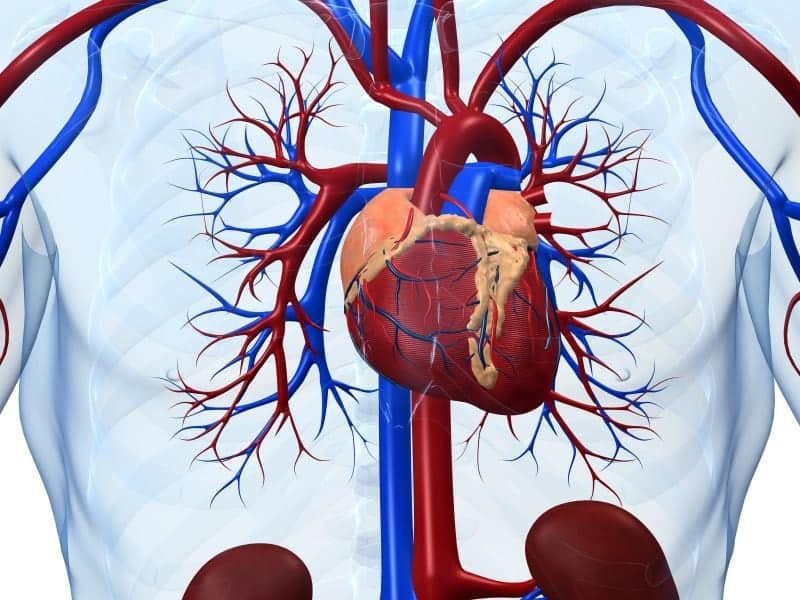THURSDAY, May 23, 2019 (HealthDay News) — A classification system has been developed for categorizing cardiogenic shock; the consensus statement, endorsed by the American College of Cardiology, American Heart Association, Society of Critical Care Medicine, and Society of Thoracic Surgeons, was published online May 19 in Catheterization & Cardiovascular Interventions.
Noting that there is currently no robust classification scheme to categorize cardiogenic shock, David A. Baran, M.D., from the Sentara Heart Hospital in Norfolk, Virginia, and colleagues derived a proposed classification schema. To develop the schema, representatives from cardiology, emergency medicine, critical care, and cardiac nursing all collaborated.
The researchers developed a system that described stages of cardiogenic shock from A to E, with A representing “at risk”; B, “beginning” shock; C representing “classic” shock; D “deteriorating”; and E representing “extremis.” The presence of hypoperfusion, which is present in stages C and higher, differentiated between stages B and C. Stage D implies that the initial set of interventions have not restored stability and adequate perfusion, despite observation of at least 30 minutes. In stage E, the patient is highly unstable, frequently with cardiovascular collapse.
“The main areas we may have failed in the fight to improve mortality in cardiogenic shock is, quite simply, not speaking the same language when describing these patients,” a coauthor said in a statement. “This is the most important first step, and it is important to use this classification system to reset our understanding of cardiogenic shock and restart the trials very much needed in this space.”
Copyright © 2019 HealthDay. All rights reserved.



